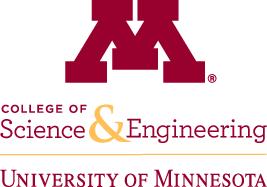Researchers Discover New Type of Stellar Collision
University of Minnesota College of Science and EngineeringNew observations of a stellar phenomenon by a team of researchers, including University of Minnesota astrophysicists, has solved a 348-year-old mystery.
